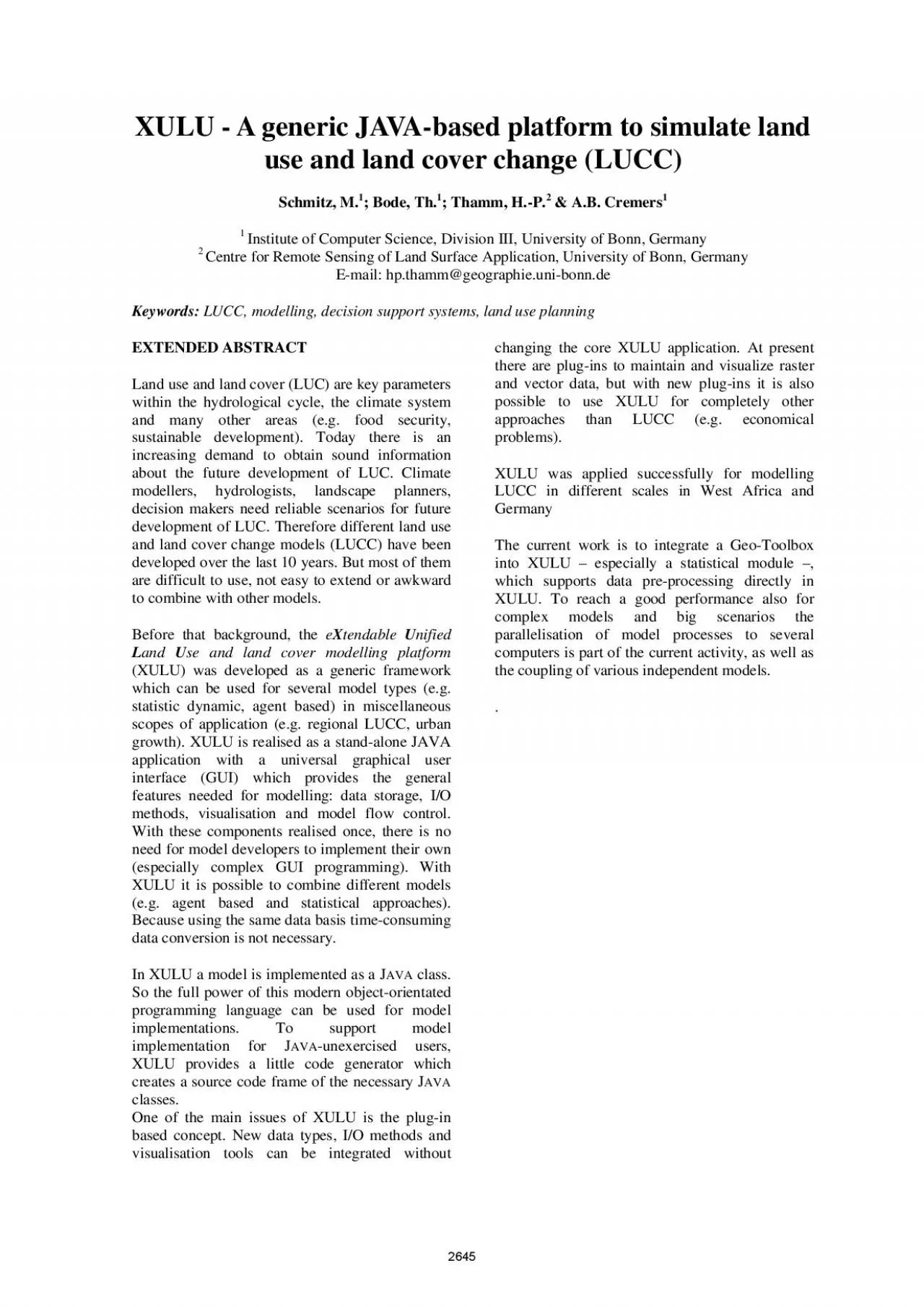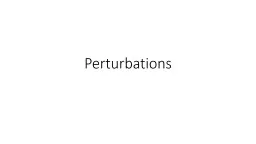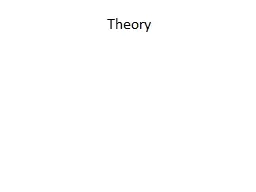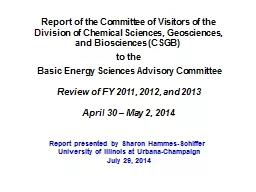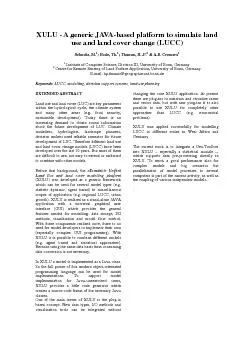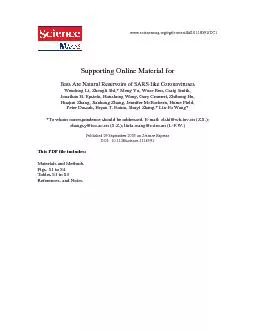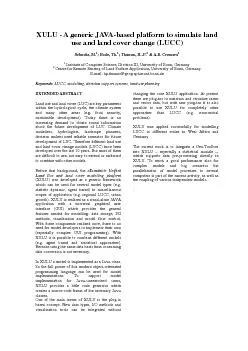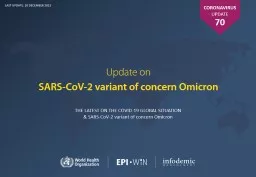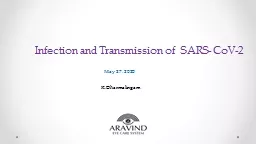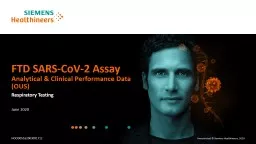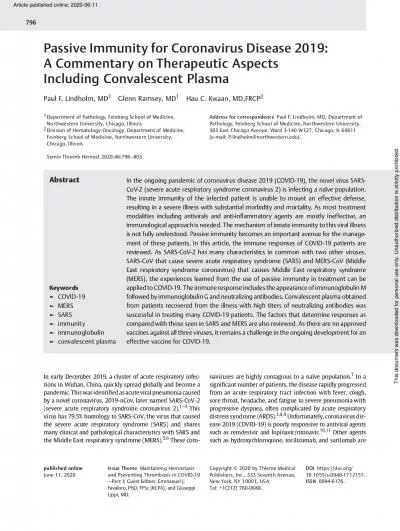PDF-XULU A generic JAVAbased platform to simulate land use and land cov
Author : scarlett | Published Date : 2021-06-05
Over the last decades large changes of the land use and land cover LUCC have been observed in many areas of the world Lambin Geist 2006 Geist 2006 Gutman et al
Presentation Embed Code
Download Presentation
Download Presentation The PPT/PDF document "XULU A generic JAVAbased platform to si..." is the property of its rightful owner. Permission is granted to download and print the materials on this website for personal, non-commercial use only, and to display it on your personal computer provided you do not modify the materials and that you retain all copyright notices contained in the materials. By downloading content from our website, you accept the terms of this agreement.
XULU A generic JAVAbased platform to simulate land use and land cov: Transcript
Download Rules Of Document
"XULU A generic JAVAbased platform to simulate land use and land cov"The content belongs to its owner. You may download and print it for personal use, without modification, and keep all copyright notices. By downloading, you agree to these terms.
Related Documents

